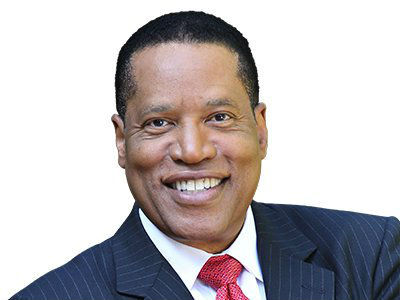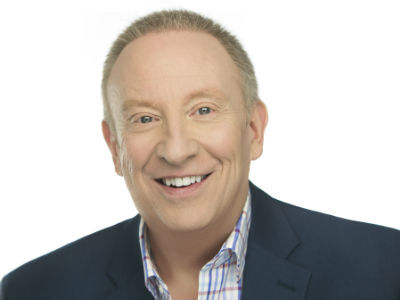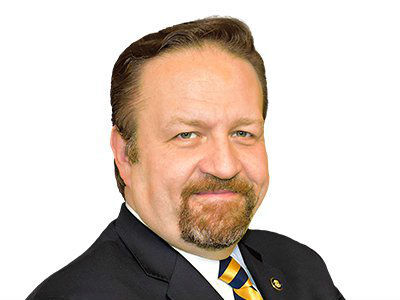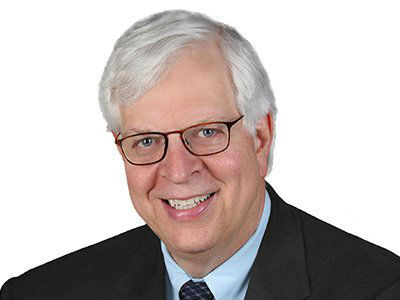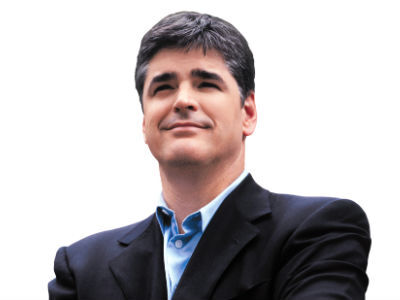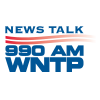Where is self-care the most affordable? 86 cities ranked best to worst
Lifestyle

Audio By Carbonatix
12:30 PM on Monday, September 29
By Lauren Ward for Hers, Stacker
Where is self-care the most affordable? 86 cities ranked best to worst
Intentional self-care involves regularly taking steps to improve or maintain your physical, emotional, mental, spiritual, and social well-being. Self-care looks different for every individual, but creating a general self-care plan for yourself can quickly boost how you feel inside and out.
While some forms are free (hello, meditating), other popular indulgences require a line item in your budget. And those costs can vary a lot depending on where you live.
To find the U.S. cities with the most affordable self-care, Hers looked at 86 of the largest metropolitan areas and ranked them based on the following categories:
- Haircut (man’s barbershop haircut with no styling)
- Beauty salon visit (woman’s shampoo, cut, and blow-dry)
- Dry cleaning (man’s two-piece suit)
- Movie ticket (first-run, evening showing)
- Yoga session (one-hour drop-in class)
Scroll through to find the best and worst cities for self-care affordability, plus extra insights on where it costs the most and least when factoring in salary.
The 10 Most Affordable Cities for Self-Care
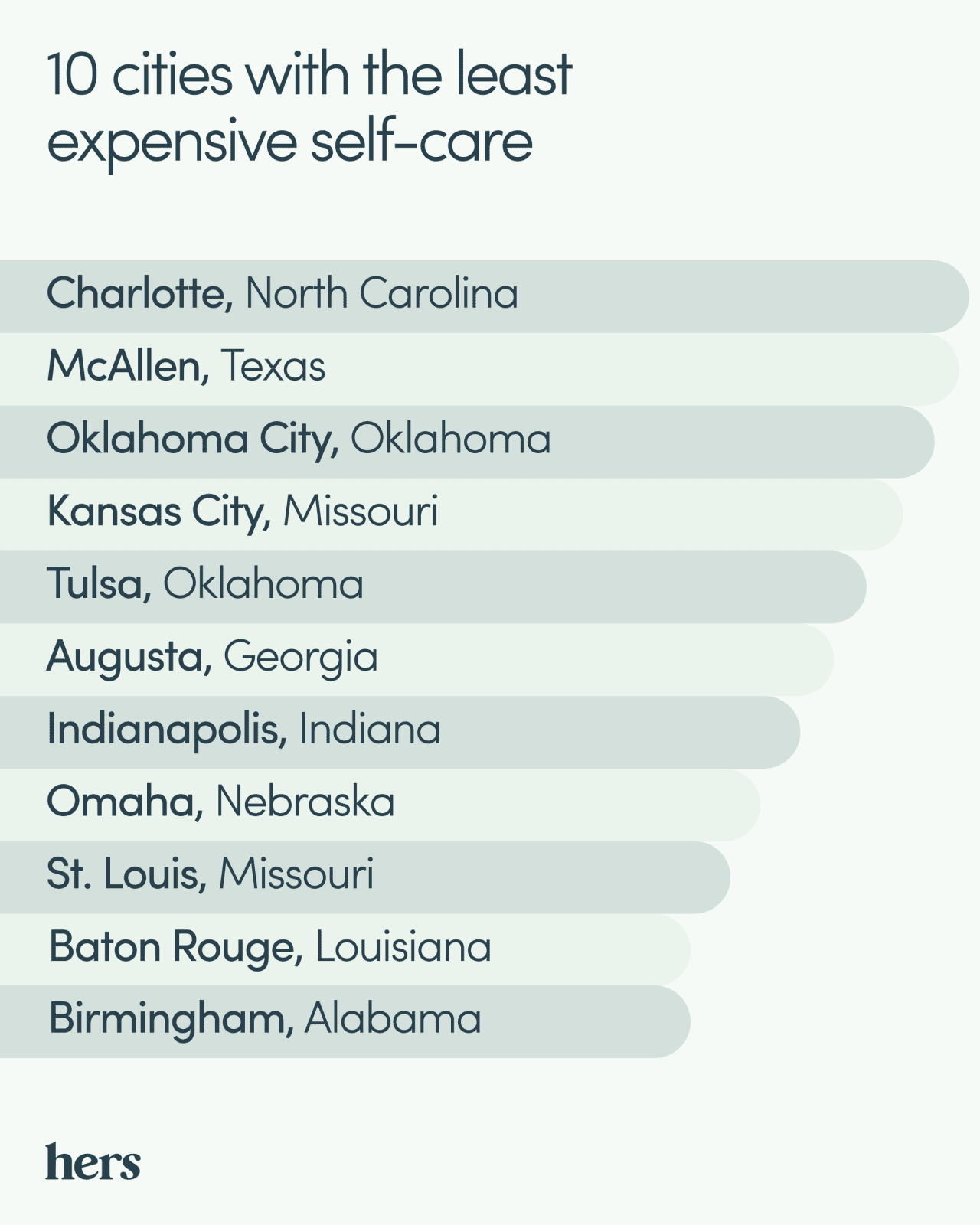
1. Charlotte, North Carolina
2. McAllen, Texas
3. Oklahoma City, Oklahoma
4. Kansas City, Missouri
5. Tulsa, Oklahoma
6. Augusta, Georgia
7. Indianapolis, Indiana
8. Omaha, Nebraska
9. St. Louis, Missouri
10. Baton Rouge, Louisiana and Birmingham, Alabama (tied)
Key Findings
- Southern and Midwestern cities lead in affordability, with Charlotte, McAllen, and Oklahoma City earning the top three spots.
- Coastal cities, especially Boston, Seattle, and Los Angeles, tend to be more expensive.
- Some large cities are not as expensive as you think. New York, for example, ranks 74th, making it much more affordable than other large cities on the list.
Self-Care Affordability by City: Trends and Insights
Looking to relieve stress with a specific self-care technique? Here are the cities with the best and worst prices based on each category.
Which Cities Have the Cheapest Haircuts?
Cheapest Haircuts
1. Las Vegas, Nevada: $16.67
2. Oklahoma City, Oklahoma: $18.40
3. Knoxville, Tennessee: $18.60
Most Expensive Haircuts
1. Seattle, Washington: $52.20
2. Boston, Massachusetts: $50.20
3. Chicago, Illinois: $48.33
Which Cities Have the Cheapest Beauty Salons?
Cheapest Beauty Salons
1. Augusta, Georgia: $32.50
2. Omaha, Nebraska: $34.17
3. Kansas City, Missouri: $36.50
Most Expensive Beauty Salons
1. Los Angeles, California: $98
2. Miami, Florida: $89.14
3. Seattle, Washington: $88
Which Cities Have the Cheapest Dry Cleaning?
Cheapest Dry Cleaning
1. Memphis, Tennessee: $9.83
2. Baltimore, Maryland: $10.50
3. Philadelphia, Pennsylvania: $11.49
Most Expensive Dry Cleaning
1. Sacramento, California: $28.95
2. Bakersfield, California: $28.33
3. Honolulu, Hawaii: $25.98
Which Cities Have the Cheapest Movie Tickets?
Cheapest Movie Tickets
1. Tulsa, Oklahoma: $9.35
2. Winston-Salem, North Carolina: $9.75
3. Des Moines, Iowa: $11.01
Most Expensive Movie Tickets
1. New York City, New York: $21.21
2. Los Angeles, California: $19.74
3. Honolulu, Hawaii: $19.03
Which Cities Have the Cheapest Yoga Classes?
Cheapest Yoga
1. Charlotte, North Carolina: $12
2. Birmingham, Alabama and Buffalo, New York (tied): $14.40
3. Wichita, Kansas: $14.75
Most Expensive Yoga
1. San Jose, California: $35
2. New York City, New York: $31.40
3. Honolulu, Hawaii: $31.21
Most Affordable Cities for Self-Care: Full Ranking
Hers reviewed 86 cities and ranked them from most to least affordable for self-care:
1. Charlotte, North Carolina
2. McAllen, Texas
3. Oklahoma City, Oklahoma
4. Kansas City, Missouri
5. Tulsa, Oklahoma
6. Augusta, Georgia
7. Indianapolis, Indiana
8. Omaha, Nebraska
9. St. Louis, Missouri
10. Baton Rouge, Louisiana and Birmingham, Alabama (tied)
12. Des Moines, Iowa, and Wichita, Kansas (tied)
14. Cleveland, Ohio and Toledo, Ohio (tied)
16. Chattanooga, Tennessee
17. El Paso, Texas
18. Winston-Salem, North Carolina
19. Charleston, South Carolina
20. Las Vegas, Nevada
21. Columbia, South Carolina
22. Pittsburgh, Pennsylvania
23. Columbus, Ohio
24. Jackson, Mississippi
25. Rochester, New York
26. Ogden, Utah
27. Jacksonville, Florida
28. Memphis, Tennessee
29. Dayton, Ohio
30. Deltona, Florida
31. Salt Lake City, Utah
32. Milwaukee, Wisconsin, and Provo, Utah (tied)
34. Knoxville, Tennessee
35. Louisville, Kentucky
36. Allentown, Pennsylvania
37. Buffalo, New York and Minneapolis, Minnesota (tied)
39. Cincinnati, Ohio
40. Detroit, Michigan, and Greenville, South Carolina (tied)
42. Tampa, Florida
43. Little Rock, Arkansas
44. San Antonio, Texas
45. Colorado Springs, Colorado, and New Orleans, Louisiana (tied)
47. Orlando, Florida
48. Syracuse, New York
49. Houston, Texas
50. Albuquerque, New Mexico
51. Boise City, Idaho
52. Fayetteville, Arkansas
53. Bakersfield, California, and Richmond, Virginia (tied)
55. Austin, Texas
56. Nashville, Tennessee
57. Atlanta, Georgia
58. Albany, New York
59. Phoenix, Arizona
60. Baltimore, Maryland
61. Denver, Colorado
62. Spokane, Washington
63. Raleigh, North Carolina
64. Harrisburg, Pennsylvania
65. Cape Coral, Florida
66. Chapel Hill, North Carolina
67. New Haven, Connecticut
68. Hartford, Connecticut
69. Philadelphia, Pennsylvania
70. San Francisco, California
71. Portland, Oregon
72. Chicago, Illinois
73. San Jose, California
74. New York City, New York
75. Miami, Florida
76. Honolulu, Hawaii
77. Sacramento, California
78. Dallas, Texas
79. Madison, Wisconsin, and Providence, Rhode Island (tied)
81. Washington, D.C.
82. San Diego, California
83. Bridgeport, Connecticut
84. Los Angeles, California
85. Seattle, Washington
86. Boston, Massachusetts
Self-Care Affordability as a Portion of Income
Beyond raw pricing, Hers also wanted to see how much self-care costs compare to the mean income in each city. They looked at how much it would cost to do each item monthly for a year, then ranked the cities based on the percentage of income that would take up. Here’s what they found:
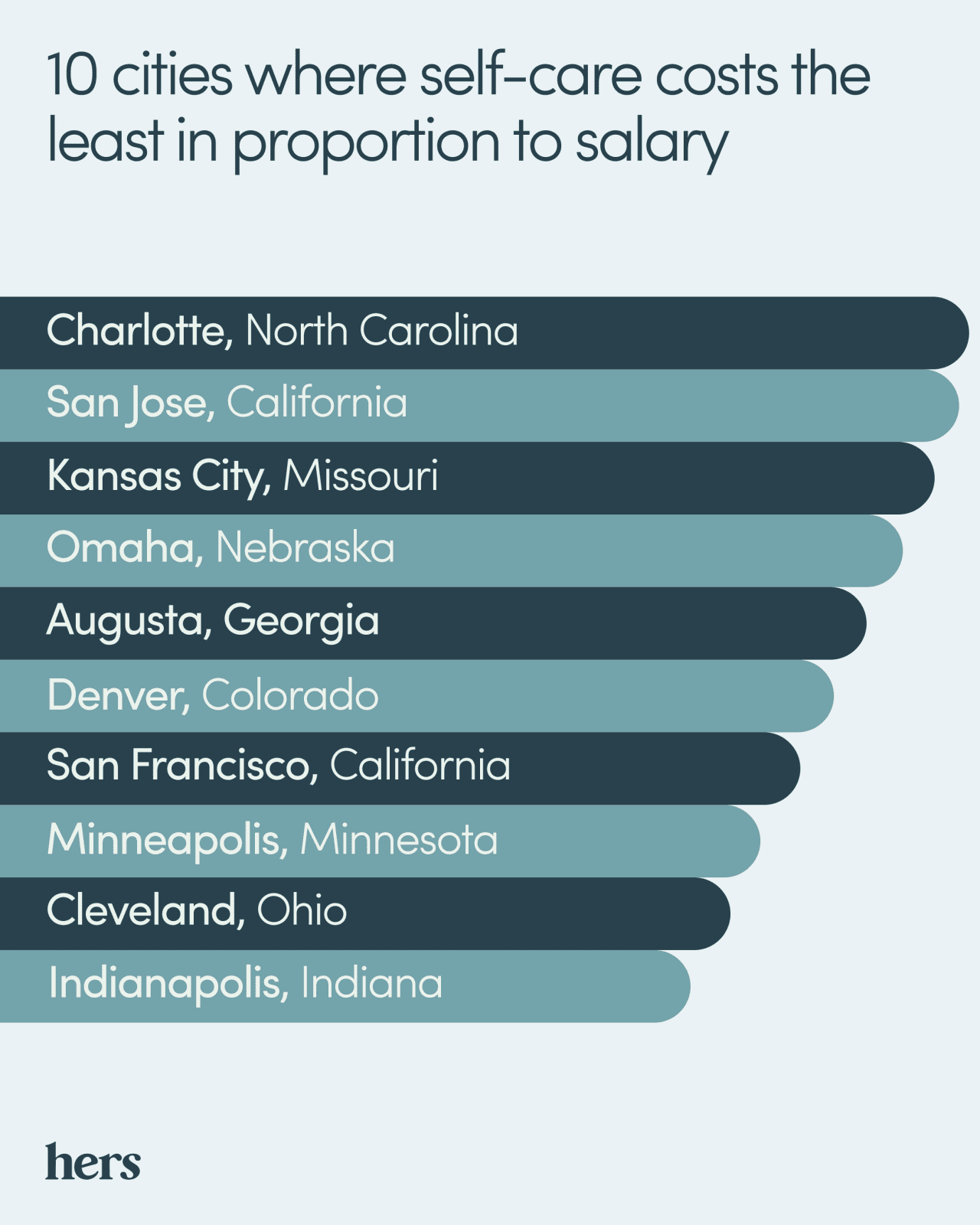
10 Best Cities for Self-Care as a Portion of Income
1. Charlotte, North Carolina
2. San Jose, California
3. Kansas City, Missouri
4. Omaha, Nebraska
5. Augusta, Georgia
6. Denver, Colorado
7. San Francisco, California
8. Minneapolis, Minnesota
9. Cleveland, Ohio
10. Indianapolis, Indiana
10 Worst Cities for Self-Care as a Portion of Income
1. Miami, Florida
2. Los Angeles, California
3. Dallas, Texas
4. Madison, Wisconsin
5. San Antonio, Texas
6. Cape Coral, Florida
7. Little Rock, Arkansas
8. Harrisburg, Pennsylvania
9. Chicago, Illinois
10. Honolulu, Hawaii
Data and Methodology: How We Scored the Cities
Hers first found the 100 most populous metropolitan areas in the United States based on 2024 data from the U.S. Census Bureau. Each were ranked based on the average price of goods and services using cost-of-living data from the Council for Community and Economic Research (C2ER) for the first quarter of 2025. Fourteen cities did not have C2ER data available, bringing our total list to 86 cities.
The following categories were considered:
- Haircut
- Beauty salon visit
- Dry cleaning
- Movie ticket
- Yoga session
To determine self-care spending as part of the city’s income, Hers first found each city’s mean salary from the U.S. Bureau of Labor Statistics.
Then all the spending categories were added together and multiplied by 12 to estimate annual spending. Finally, self-care spending was divided by yearly income and multiplied by 100 to determine the percentage of income spent on self-care for each city.
Making the Most of Your Self-Care Routine
Some cities may be more self-care savvy than others, but you can develop a sound practice to improve your overall well-being regardless of your location and budget. Follow these three tips to make your self-care practice both affordable and impactful.
1. Access your holistic needs. No one practice makes a self-care routine. To feel your best, try to incorporate emotional, physical, spiritual, and financial well-being into your daily routines.
2. Choose activities within your budget. While a trip to the salon is relaxing for many people, you can find other ways to relax without spending money. Get creative with activities like journaling, a long bath, or even a social media break.
3. Build consistency in your routine. Determine what stresses you out and identify solutions based on your preferences. There’s no point in going to a yoga class if you don’t enjoy downward-facing dog. But you could go for a walk on your lunch break or make a from-scratch meal at home once a week.
This story was produced by Hers and reviewed and distributed by Stacker.



